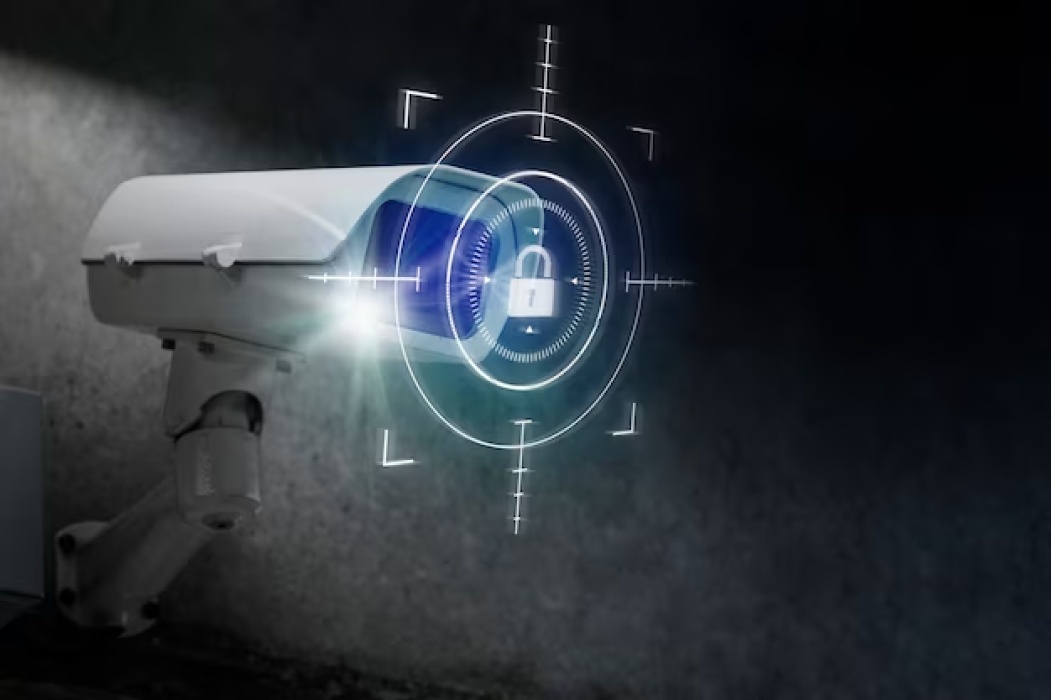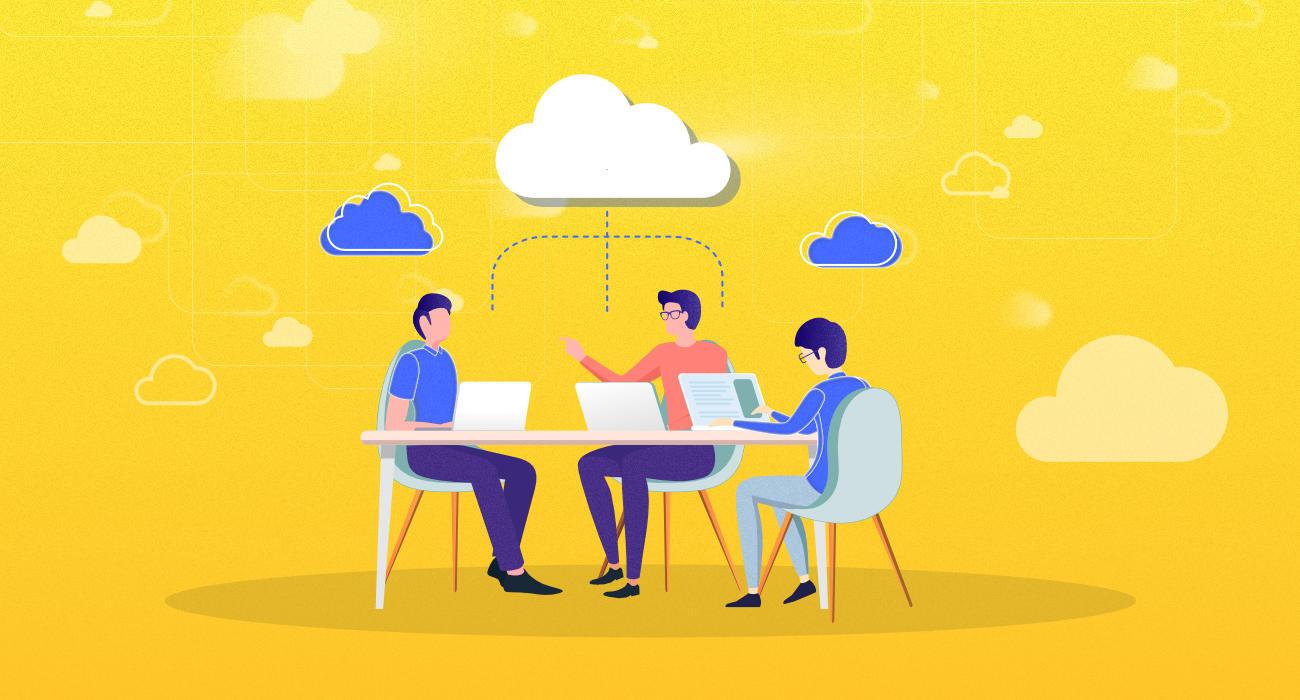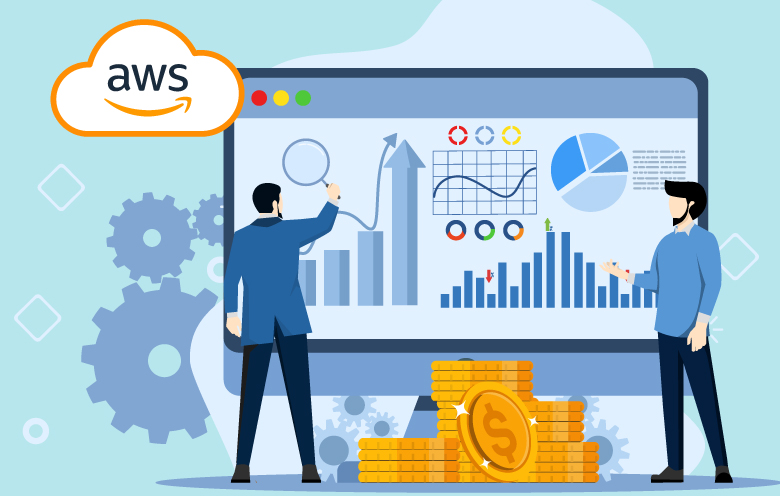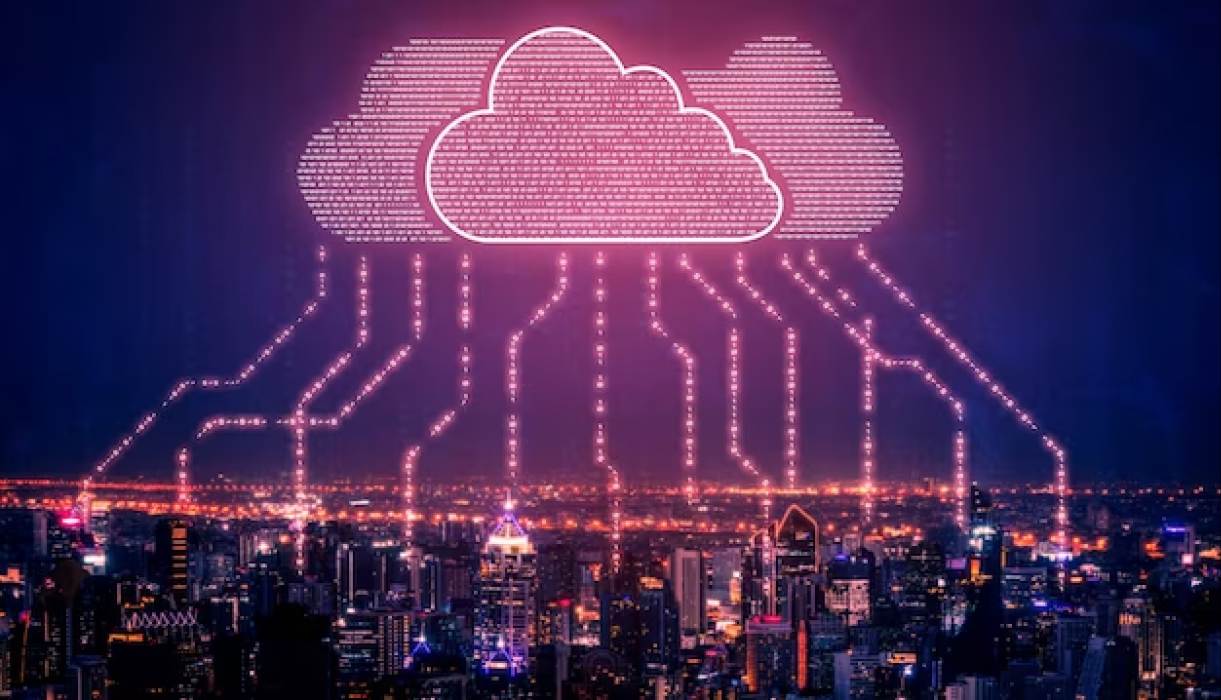As organizations increasingly adopt cloud technology, it has swiftly become the new standard operating procedure for businesses worldwide, shaping their processes.This migration towards cloud services, however, is accompanied by distinct cybersecurity challenges that demand careful attention.
A foundational element in addressing these challenges is the shared responsibility model. This model delineates the division of security roles between the cloud service provider and its users, guaranteeing a unified approach to safeguarding against cyber threats.
What is the Shared Responsibility Model?
The shared responsibility model lays the groundwork for a collaborative security strategy in cloud computing.
By aiming to reinforce the security of cloud environments, the shared responsibility model advocates for a partnership in all security efforts. It establishes that a secure cloud infrastructure is the result of "mutual accountability," with both parties playing integral roles in the security process.
It helps enforce the importance of having a synergistic relationship in cybersecurity efforts, assigning distinct responsibilities to CSPs and their clients to ensure full protection. Security awareness and compliance with these guidelines are key to executing safe and reliable cloud security best practices.
A helpful analogy is to think about renting an apartment. The landlord (CSP) is responsible for:
- Maintaining the building's structural integrity
- Securing common areas
- Managing the overall infrastructure
Meanwhile, the tenant (cloud customer) is responsible for securing their digital space within the cloud environment. This includes:
- Managing user access and permissions
- Securing their own applications and data
- Implementing additional security measures as needed.
Just like the tenant manages who enters their apartment, the cloud customer also controls access to their cloud resources. This involves careful user provisioning, activity monitoring, and secure password policies.
In both scenarios, the landlord and tenant must work together to ensure safety and security. The same applies to the shared responsibility model in the cloud.
The CSP's Side of the Equation
Under the shared responsibility model, CSPs bear a substantial part of the security workload. Their key tasks are centered on protecting the essential infrastructure that underpins the cloud environment. Specifically, their responsibilities include:
Physical Security
CSPs invest heavily in creating a layered security approach to safeguard their data centers from a multitude of potential threats, including unauthorized physical access, theft, natural disasters, and power outages.
This comprehensive strategy incorporates maintaining strong perimeter security measures like fencing, security gates, or surveillance cameras, restricting access to authorized personnel only.
Network Security
Cloud service providers are in charge of constructing secure network environments that effectively partition customer data while enforcing stringent security measures for data protection, both during transmission and when stationary.
Key components of their security arsenal include firewalls, intrusion detection and prevention systems (IDS/IPS), and comprehensive data encryption techniques.
Hardware and Virtualization Secure
Cloud service providers take on the crucial task of securing the hardware foundation of the cloud, including physical servers, storage solutions, and network infrastructure.
To safeguard these vital components, CSPs adhere to strict patching and updating routines to minimize vulnerabilities within operating systems. They also apply best practices in security configurations for all hardware elements, effectively reducing potential points of exploitation.
Variations in Responsibility by Service Model
The specific scope of a CSP's responsibilities can vary slightly depending on the cloud service model you choose:
- Infrastructure as a Service (IaaS): In Infrastructure as a Service (IaaS) formats, cloud service providers assume significant authority over essential infrastructure components like physical data centers, networking frameworks, and hardware units. This expanded oversight translates into an increased security mandate, requiring CSPs to implement strict measures for physical security, network protection, and the safeguarding of hardware as well as virtualization resources.
- Platform as a Service (PaaS): When using Platform as a Service, the responsibility for security is somewhat divided. Customers have the autonomy to manage their applications, which includes securing them. Meanwhile, the provider of the service is in charge of safeguarding the platform and underlying infrastructure.
- Software as a Service (SaaS): The Software as a Service approach assigns most of the security duties to the Cloud Service Provider due to the customer's limited governance over the infrastructure and application coding. It's up to the CSP to ensure the security of the infrastructure, platform, and the SaaS application as a whole.
An Organization's Responsibility as a Cloud Customer
While the CSP plays a vital role in cloud security, the shared responsibility model still places significant obligations on the customer.
Key areas of responsibility for cloud customers include:
Data Security
Ensuring the safety of your sensitive information is critical. Use strong encryption methods for data, whether it's being transferred or stored, to prevent unauthorized access. By categorizing data based on its sensitivity through classification policies, you can tailor your security measures effectively.
Also, maintaining regular backups and running tabletop exercises is crucial for protecting your data against breaches or losses. While CSPs may provide backup solutions, the primary duty to protect sensitive data usually rests with the cloud service client.
Identity and Access Management (IAM)
Managing who has access to your cloud service solutions is critical. Implement stringent password requirements, require multi-factor authentication (MFA), and follow the least privilege principle. This principle ensures users only receive access rights essential for their duties.
Periodically reassess and withdraw access from users no longer with the organization or those who've shifted roles to mitigate potential threats.
Application Security
For applications hosted in the cloud, employing secure coding techniques is non-negotiable. Defend your applications from common security threats like SQL injection and cross-site scripting by embedding secure coding practices and conducting routine security scans.
It's also crucial to promptly update both the applications and their underlying operating systems to close off any vulnerabilities that could serve as entry points for attackers.
Operating System Configuration
In an IaaS model or situations where you have control over operating systems running on virtual machines within the cloud, the responsibility for secure operating system configuration often falls to the customer. Harden operating systems by disabling unnecessary services, removing default configurations, and adhering to industry benchmarks to minimize the attack surface.
Compliance
Meeting industry-specific or regulatory compliance standards (e.g., PCI DSS for payment card data, HIPAA for healthcare data, GDPR for personal data) remains the organization's responsibility as a cloud customer.
Depending on the organization and industry, the need to demonstrate compliance might involve an ISO audit or a SOC audit, which helps validate that an appropriate level of security has been implemented. Understand the compliance requirements relevant to your organization and align your cloud implementation accordingly.
The Importance of Partnership and Collaboration
Central to the effectiveness of cloud security is the collaborative bond between cloud service providers and their customers. Isolated efforts fall short of securing cloud environments effectively. This is why having open communication and clear transparency is vital for both parties to understand their specific roles and responsibilities clearly.
This cooperative stance, coupled with the proactive sharing of insights on security risks, vulnerabilities, and incidents, significantly improves the collective capability to enhance the cloud's security framework.
CSPs typically provide extensive documentation, security guides, and best practices to support their customers. Make use of these resources to gain insight into your CSP's security practices and integrate your security measures in line with their guidance. Through cultivating a collaborative partnership and proactive engagement, you and your CSP can elevate cloud security amid the evolving cyber threat landscape.
Start Creating a More Secure Cloud Environment
The shared responsibility model serves as an important guide for safeguarding your data effectively within the cloud. It's essential to understand the delineation of duties between you and your CSP to lay the groundwork for a resilient security approach.
Keep in mind that ensuring cloud security is a continual effort, requiring you to remain vigilant against the ever-changing threat landscape and adapt your security protocols accordingly. By adhering to the recommended practices outlined by your CSP and integrating supplementary security measures as needed, you can establish a safer cloud environment for both your organization and its customers.
About Author
Nazy Fouladirad is President and COO of Tevora, a global leading cybersecurity consultancy. She has dedicated her career to creating a more secure business and online environment for organizations across the country and world. She is passionate about serving her community and acts as a board member for a local nonprofit organization.















Leave a Reply